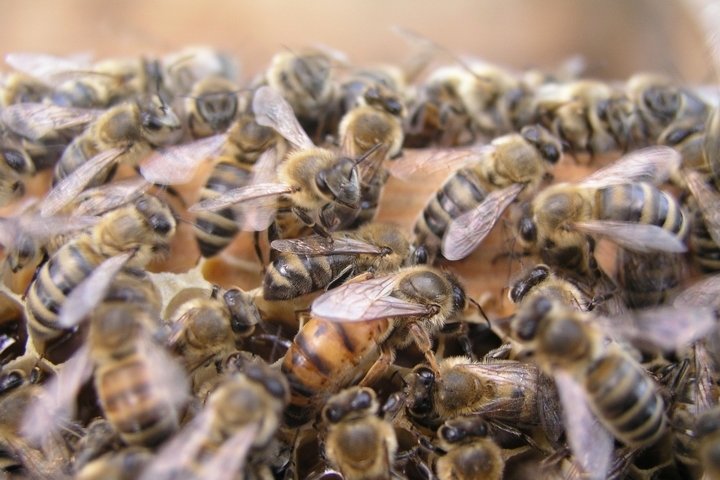There are thousands of species of bees around the world, and they are the main contributors to pollinating plants, as they carry pollen and nectar from stamen to stigma to fertilize them. Around 90% of the world’s pollination occurs because of these creatures, and 1/3 of our food supply depends on insect pollination.
Bees put in a hard day’s work and then rest at night, and because they need shelter, they form nests. Did you know bees build their homes using various materials and styles in different locations?
Nests and hives may seem like similar terms, but they have different meanings. A nest is a natural structure built by bees to house themselves. They use various methods to create these nests, which have densely packed beeswax structures inside. These structures contain cells for housing their brood and storing food.
In contrast, a hive is a man-made structure designed specifically for honey bees. These hives are intentionally built and used in farms to aid in pollination, honey production, and beeswax harvesting. Only honey bees are placed into hives, as other bee varieties do not have commercial value.
Let’s learn about the different types of bee nests and their characteristics.
Type #1: Honey Bee Nests
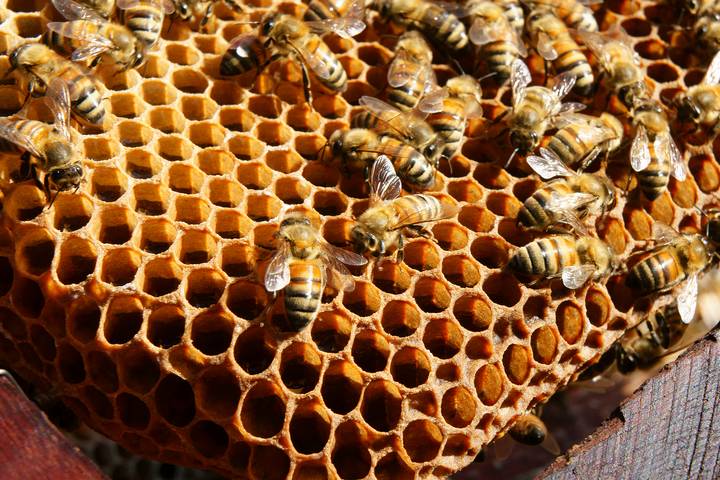
Apart from the purpose-built bee hives for our honey bees, female worker bees build their own homes in caves, hollowed-out trees and rock cavities. These natural nesting sites often include multiple honeycombs alongside each other to form a cohesive home with only one entrance.
They store their honey in the top of the comb and then descend with pollen storage, brood cells and drones, with the queen’s cells at the bottom.
Type #2: Ground Nests

Ground nests are the preferred type of home for 70% of bees, and the type of soil depends on the species. Some are built into shallow ground with only a few inches covering them, but some go up to 10 feet deep. Female bees dig these nests with their mandibles, pushing the earth out with their abdomens.
For protection, these ground nests are often built near each other, called nest aggregation. Nests can remain for decades; some have over 100,000 nests in a single aggregation. These nests can be bothersome if located near a household, so contact an affordable pest control company for help.
Type #3: Cavity Nests
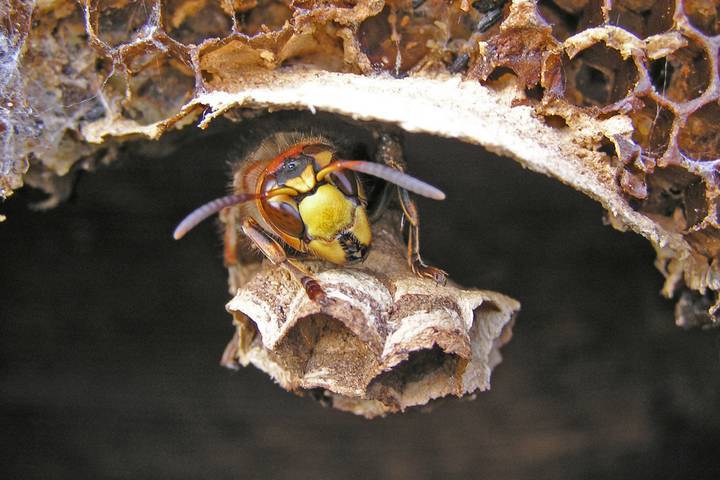
Social bees build their nests in cavities either above or below ground. If a bumble bee can find an abandoned rat burrow, it will take it over for its home. Honey bees opt for higher areas like a tree hollow or a vertical cliff.
If you see a queen bumble bee flying low to the ground, she is probably looking for an abandoned hole to set up her nest.
Type #4: Pith And Wood Nests
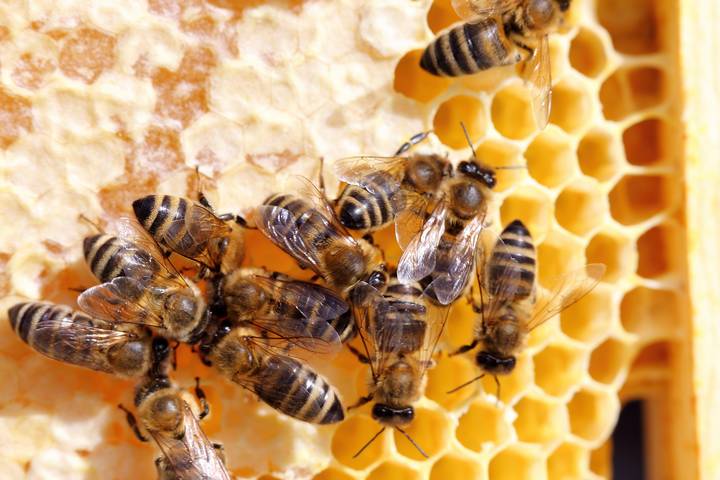
Pith is the tissue inside plant stems, and some bees make a nest inside, especially with wide-diameter stems. Wood is another good place for bees to make their nests, typically in sheds, barns and houses, up near the trim.
If there is rotten wood that bees can use inside, it is suitable for a home base. Wood nesters may also use dried material like horse or cow manure.
Type #5: Renters
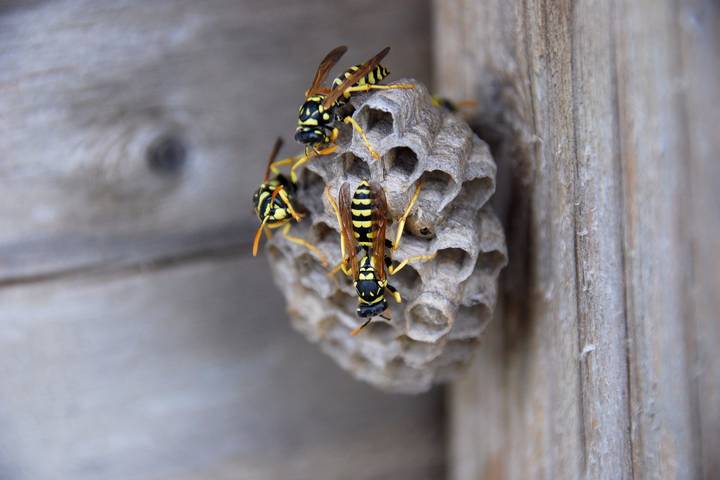
Some bees would rather borrow a nest than construct it themselves. They often take over a vacant nest of another insect or inhabit wormholes, hollow stems or even snail shells. They may also find gaps in window frames or fencing to set up a nest and are happy to live there rent-free.
Type #6: Eusocial Bees
Eusocial bees have a rare form of social behaviour in the wild in that they live in a complex social structure with:
- Multi-generations living at the same time in a common nest
- A more even distribution of labour between females and workers
- Other bees besides the parents sharing offspring responsibilities
- A hierarchy existing with queens, workers and drones
These large societies produce honeycomb structures built mostly by honeybees and bumblebees. They produce lots of honey and wax too.
Eusocial bees include:
- Bumble bees
- Mining bees
- Honey bees
- Apis mellifera
- Hymenoptera
Type #7: Solitary Bees
Solitary bees live alone or in single nests, with all the females being fertile, able to build their own nest, reproduce and care for their brood. These bees do not produce honey; they only forage for themselves and their offspring as they grow from egg, larva, pup to adult. Sometimes, multiple females will share a nest but construct individual cells and supply them.
Some of these bee species include:
- Digger bees
- Sweat bees
- Alkali bees
- Carpenter bees
- Long-horned bees
- Leafcutter bees
- Mason bees
- Plasterer bees
You may come across these types of bee hives, and understanding who lives there is a fascinating discovery. If you can, share your space with these beneficial creatures and help keep the food supply fully pollinated.

